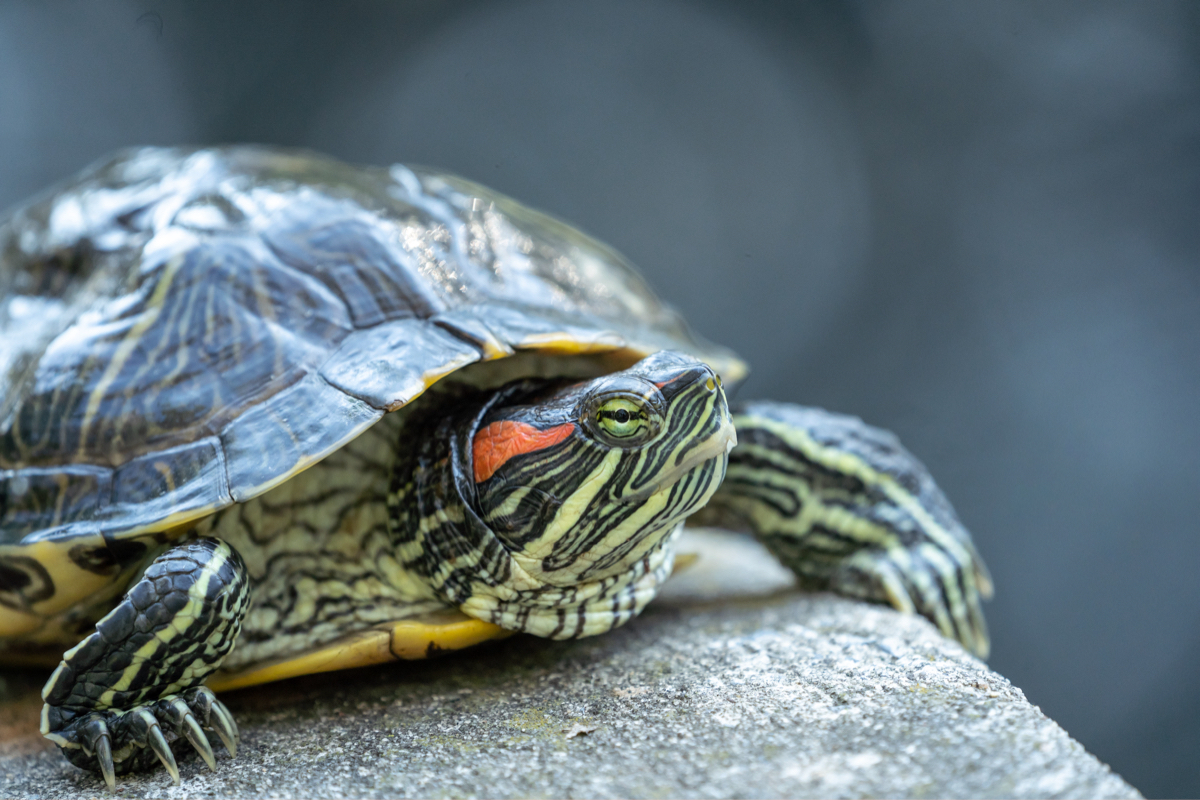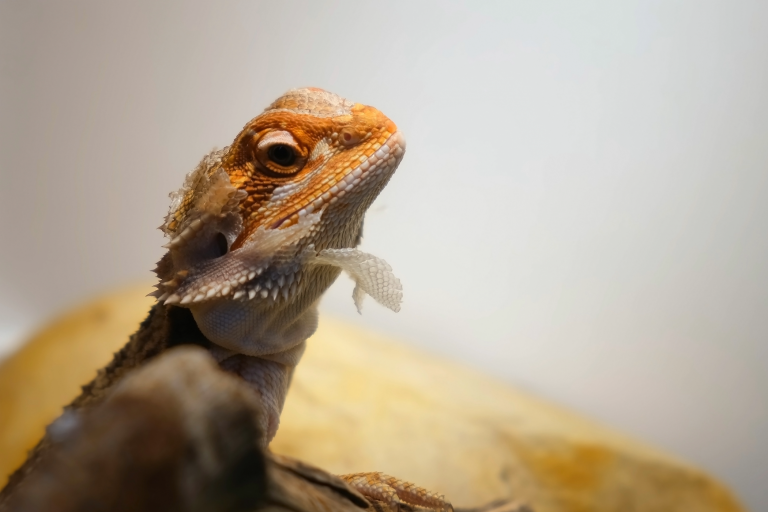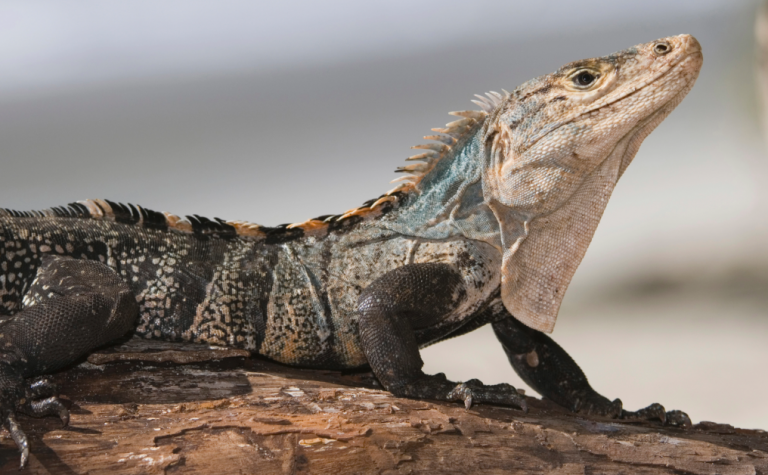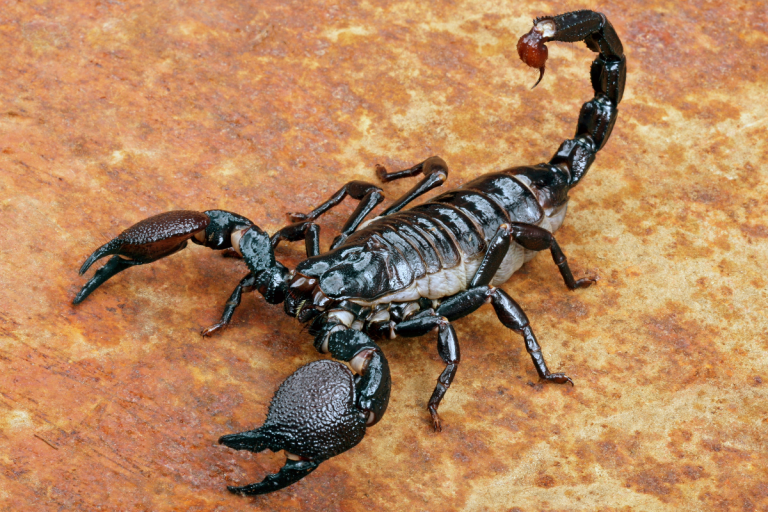Red-Eared Slider Care
Introduction
Red-eared sliders (Trachemys scripta elegans) are popular and captivating aquatic pets known for their vibrant red markings around their ears. These turtles can make wonderful companions, but they also require a lot more specific care to ensure their health and happiness than most people realize. In this guide, we’ll cover all the essential aspects of red-eared slider care, from setting up their habitat to providing proper nutrition and maintaining their well-being.
Red-eared sliders can live 40 years or more with excellent care. Consider their long lifespan before purchasing or adopting one of these turtles.
Habitat Setup

Create a suitable environment for your red-eared slider. This is crucial for their overall well-being. Here’s what you need to consider when setting up their habitat:
- Tank Size: A general rule of thumb is to provide at least 10 gallons of water per inch of shell length. For example, a 4-inch turtle would require a 40-gallon tank.
- Filtration and Heating: A good filtration system is essential to keep the water clean and maintain water quality. Turtles need a much larger filter than fish tanks of the same size. Additionally, red-eared sliders need a basking area with a heat lamp to regulate their body temperature and dry off completely.
- Basking Spot: Create a basking area with a flat, dry surface for your turtle to climb onto. This area should be equipped with a basking lamp that provides both heat and UVB light.
- Substrate: Use large, smooth river rocks (no small gravel) or a bare bottom to prevent ingestion of small particles that could lead to health issues.
Water Quality
Maintaining proper water quality is vital for the health of your red-eared slider:
- Temperature: Keep the water temperature around 75-80°F (24-27°C) and the basking area around 90-95°F (32-35°C).
- UVB Light: UVB lighting is essential for the synthesis of vitamin D3, which helps in calcium absorption. Make sure to provide a UVB lamp for your turtle’s basking area.
- Filtration: Use a reliable water filtration system to keep the water clean and clear of waste and toxins.
- Water Changes: Regularly change a portion of the water, around 25-50%, every week to maintain water quality.
Diet and Nutrition
A balanced diet is crucial for the health and growth of your red-eared slider:
- Variety: Offer a diverse diet that includes commercial turtle pellets, live or frozen aquatic plants, insects, and small fish. If you feed fish, the tank will need to be cleaned more often. They make a mess.
- Feeding Frequency: Young turtles should be fed daily, while adults can be fed every other day.
- Calcium and Vitamin Supplements: Dust your turtle’s food with calcium and vitamin supplements to ensure proper bone and shell development.
Enrichment and Socialization
Keep your red-eared slider engaged and stimulated:
- Basking and Swimming: Provide ample time for basking and swimming to fulfill their natural behaviors.
- Aquatic Plants: Add aquatic plants to the tank to create a more engaging and natural environment.
Health Care
Regular health check-ups are essential:
- Veterinary Visits: Schedule regular visits to an experienced reptile veterinarian to monitor your turtle’s health and address any concerns.
- Shell Health: Check for any signs of shell abnormalities, such as soft spots or discoloration.
Avoid Common Mistakes
- Improper Diet: A diet lacking in variety and essential nutrients can lead to health issues.
- Inadequate Lighting: Without proper UVB lighting, turtles can develop metabolic bone disease.
- No Basking Area: Without a place to dry off, red-eared sliders can get shell rot.
- Dirty Water: Poor water quality can lead to various health problems, including skin and shell infections.
Conclusion
Providing optimal care for your red-eared slider turtle involves creating the right habitat, offering a balanced diet, maintaining proper water quality, and ensuring their physical and mental well-being. By following the guidelines outlined in this guide, you can create a happy and healthy life for your aquatic companion. Remember, a well-cared-for red-eared slider can bring joy and fascination for many years to come.
Get a Red-Eared Slider Care Book Today







